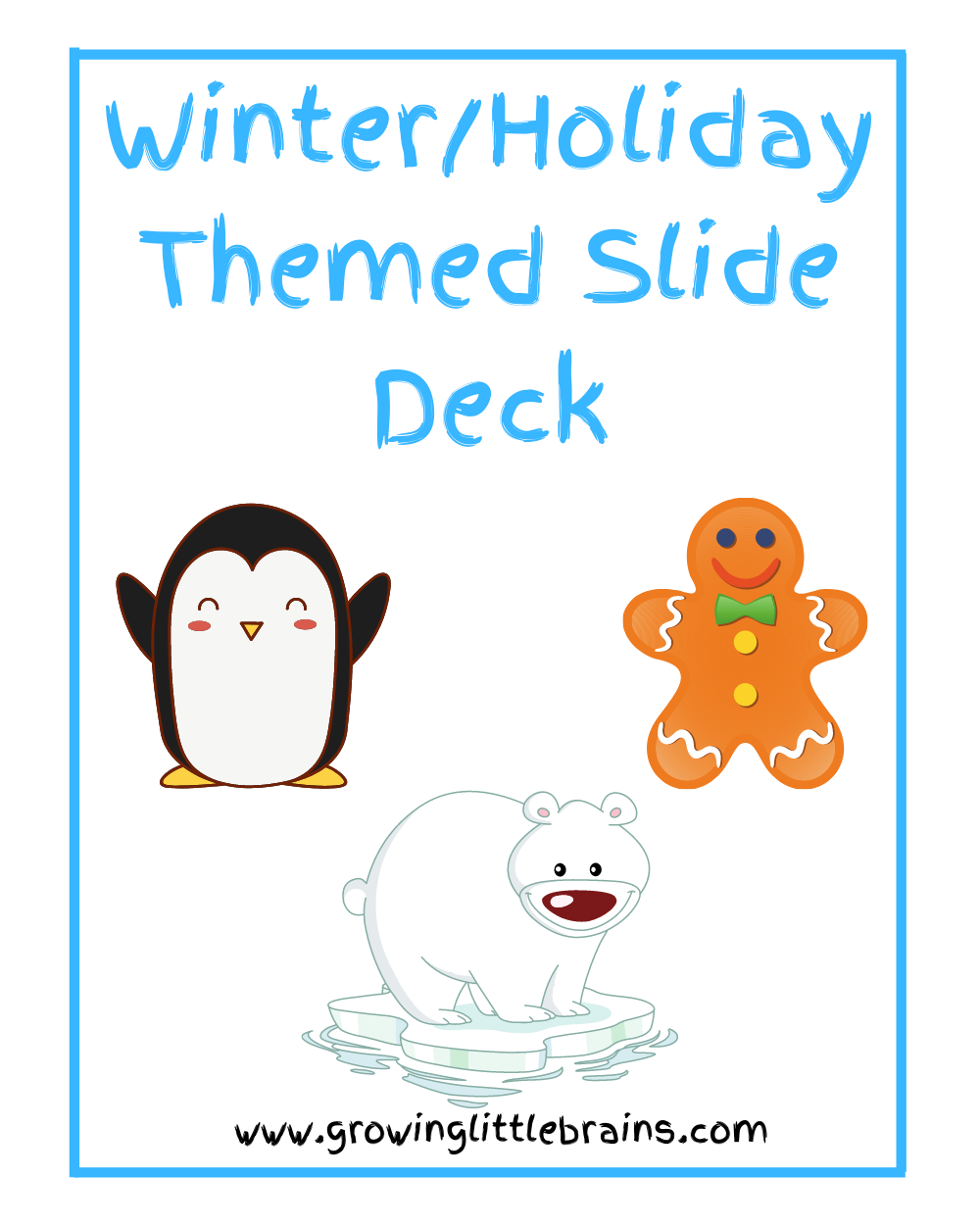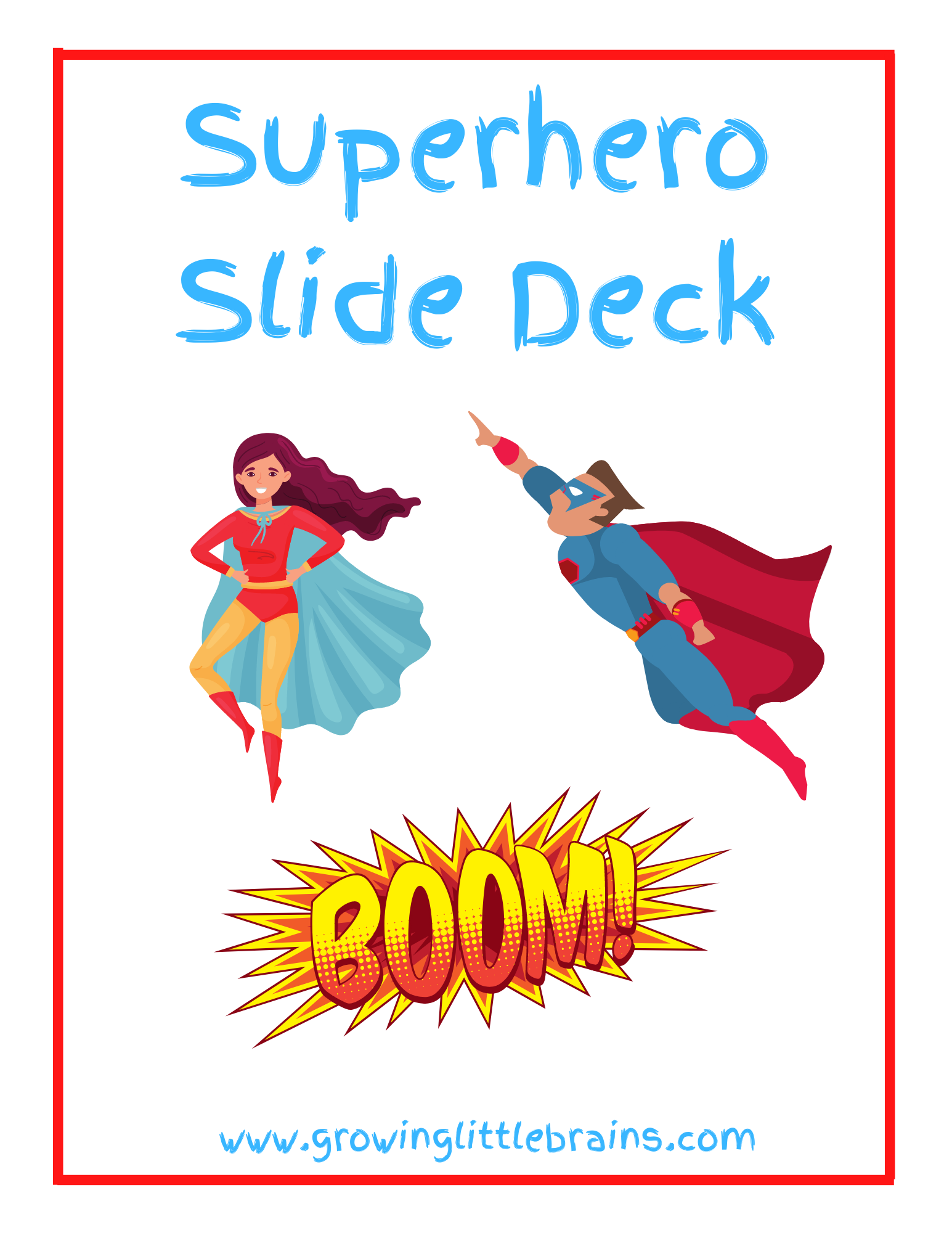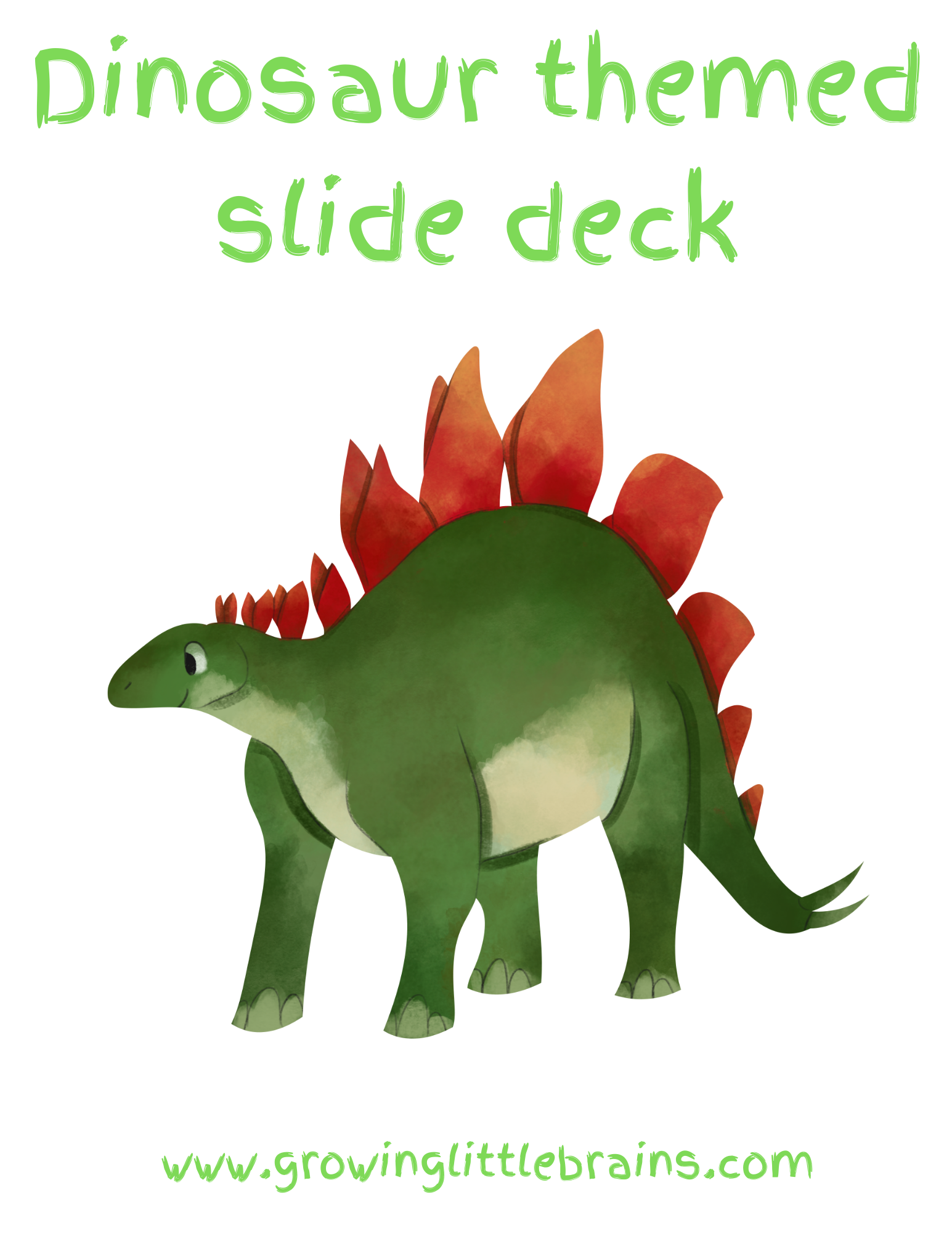Holiday themed Book Activities for toddlers and preschoolers: Perfect for Teletherapy
Are you looking for some new ideas this holiday season to keep your OT, PT or speech teletherapy sessions fun? Or maybe you’re a teacher or parent and need some new ideas for virtual learning and homeschooling. Check out these holiday themed book activities inspired by some favorite holiday books. Perfect for toddlers and preschoolers and each book has a coordinating fine motor, sensory motor and gross motor activity to pack in some developmental learning too! Don’t forget to grab your FREE sample activity!
Do your children love books?
It’s one of our favorite times of the day in my house.
Something about both boys cuddling on my lap with their blankets that just melts my heart (even if they are getting too big now to sit on my lap!)
Whether it’s because they want to feel connected with me or just really want to hear the story, I don’t care because it’s such a special time.
Why are books so great for toddlers and preschoolers?
Books are great for advancing your child’s literacy skills but they also promote:
Visual scanning (to find a certain picture, color, object, letter)
Fine motor (turning the pages, pointing)
Gross motor (imitating body postures in the book)
Self-regulation (sitting still and paying attention)
Social-emotional (so many great books that teach lessons about feelings and what to do with them)
Cognitive (by asking questions about the book at the end we work on memory, attention, problem solving and critical thinking just to name a few!)
Self-care (books on dressing, brushing teeth, potty)
Books open up a whole world of creativity and imagination.
And let me tell you, I’m so glad I invested lots of hours reading to my 2 boys when they were younger because now they read by themselves all the time (and mommy gets more quiet time!)
Not sure how to choose the right book? Check out this post!
Who are these book activities good for?
These book activities were created with therapists, teacher, and parents in mind.
I wanted you to be able to have quick and easy done-for-you activities to pair with each story.
Each activity requires no or limited household materials to carry out and can be repeated over and over! (sorry, not sorry in advance!)
How do you use the book activities?
If you’ve been following me for a little while, you’ll know that I’m a true believer in the power of the parent coaching model.
Every now and again though, it’s fun to plan an activity and see how you can embed the coaching into it.
These suggestions can work particularly well with families that are difficult to engage or have difficulty being spontaneous in play with their child.
These activities can give a clear beginning, middle and end (which can be beneficial for both children and adults alike!)
Here’s how it works:
I’ve created a one page pdf that contains the YouTube and Safe YouTube link (for those of you screen sharing) to the book or you could probably check out a copy at your local library if you prefer the actual book.
Preview the activities and collect materials needed for the desired activity (Activities were chosen to need no or very few commonly found household items). If you’re a therapist, send the pdf to your families ahead of time and have them get the supplies ready.
Use the link to view the book together with your child.
Pick one activity to try with your child.
Share the book activity ideas and strategies printable with your families for more helpful reading tips.
Read and repeat. Find your child’s favorites and wait for the request to do the activity again!
How do I get the book activities?
You can also purchase all 3 of the book activities in the Growing Little Brain Shop. Click here!
What happens if my toddler or preschooler is not interested in reading?
Young children need to move a lot! It’s how they learn about the world around them and develop their sensory systems, motor skills, problem solving, creativity and more.
Sometimes, it can be difficult for a child to sit still for a story.
Remember to think outside the box if it appears your child is not interested in reading books.
There are many ways to make reading books fun! Try a few of these tips for your little mover and shaker:
1. Read while moving
Who said you have to be sitting still to learn or listen?
Children can learn while moving. Even if it appears that they are not listening, read anyway. Exposing your child to lots of vocabulary when they are young is proven to help with their brain development.
Try reading while standing, bouncing on a ball or allowing your child to jump on a mini trampoline.
Or check out the list of books in this blog post that make it easy to incorporate movement!
2. Let your child sit in your lap or somewhere with some back support
Young children are still developing their muscle control and it’s harder to concentrate on other things if they’re too busy thinking about if they are going to fall over!
3. Get outside and burn some energy before storytime
Did I mention that young children need to move a lot? Getting outside and running, climbing, jumping, playing is awesome for helping a child to regulate.
4. Limit the distractions in the room.
Shut off the TV and/or radio and dim the lights.
5. Have fun!
The sillier the better! Make funny voices, dance, sing and act out the books!





